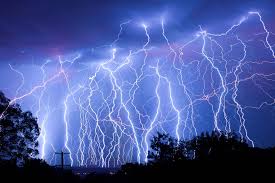Stamp: Cumulonimbus and Stratocumulus (Falkland Islands 2015)
Cumulonimbus and Stratocumulus (Falkland Islands 2015)
09 December (Falkland Islands ) within release Clouds goes into circulation Stamp Cumulonimbus and Stratocumulus face value 1.22 Falkland Islands pound
| Stamp Cumulonimbus and Stratocumulus in catalogues | |
|---|---|
| Michel: | Mi: FK 1295 |
| Stamp Number: | Sn: FK 1156 |
| Stanley Gibbons: | Sg: FK 1337 |
Stamp is square format.
Also in the issue Clouds:
- Stamp - Altocumulus face value 76;
- Stamp - Altocumulus lenticularis face value 1.01;
- Stamp - Asperitas face value 31;
- Stamp - Cumulonimbus and Stratocumulus face value 1.22;
Stamp Cumulonimbus and Stratocumulus it reflects the thematic directions:
In meteorology, a cloud is an aerosol consisting of a visible mass of miniature liquid droplets, frozen crystals, or other particles suspended in the atmosphere of a planetary body or similar space. Water or various other chemicals may compose the droplets and crystals. On Earth, clouds are formed as a result of saturation of the air when it is cooled to its dew point, or when it gains sufficient moisture (usually in the form of water vapor) from an adjacent source to raise the dew point to the ambient temperature.
Meteorology is a branch of the atmospheric sciences (which include atmospheric chemistry and physics) with a major focus on weather forecasting. The study of meteorology dates back millennia, though significant progress in meteorology did not begin until the 18th century. The 19th century saw modest progress in the field after weather observation networks were formed across broad regions. Prior attempts at prediction of weather depended on historical data. It was not until after the elucidation of the laws of physics, and more particularly in the latter half of the 20th century, the development of the computer (allowing for the automated solution of a great many modelling equations) that significant breakthroughs in weather forecasting were achieved. An important branch of weather forecasting is marine weather forecasting as it relates to maritime and coastal safety, in which weather effects also include atmospheric interactions with large bodies of water.


